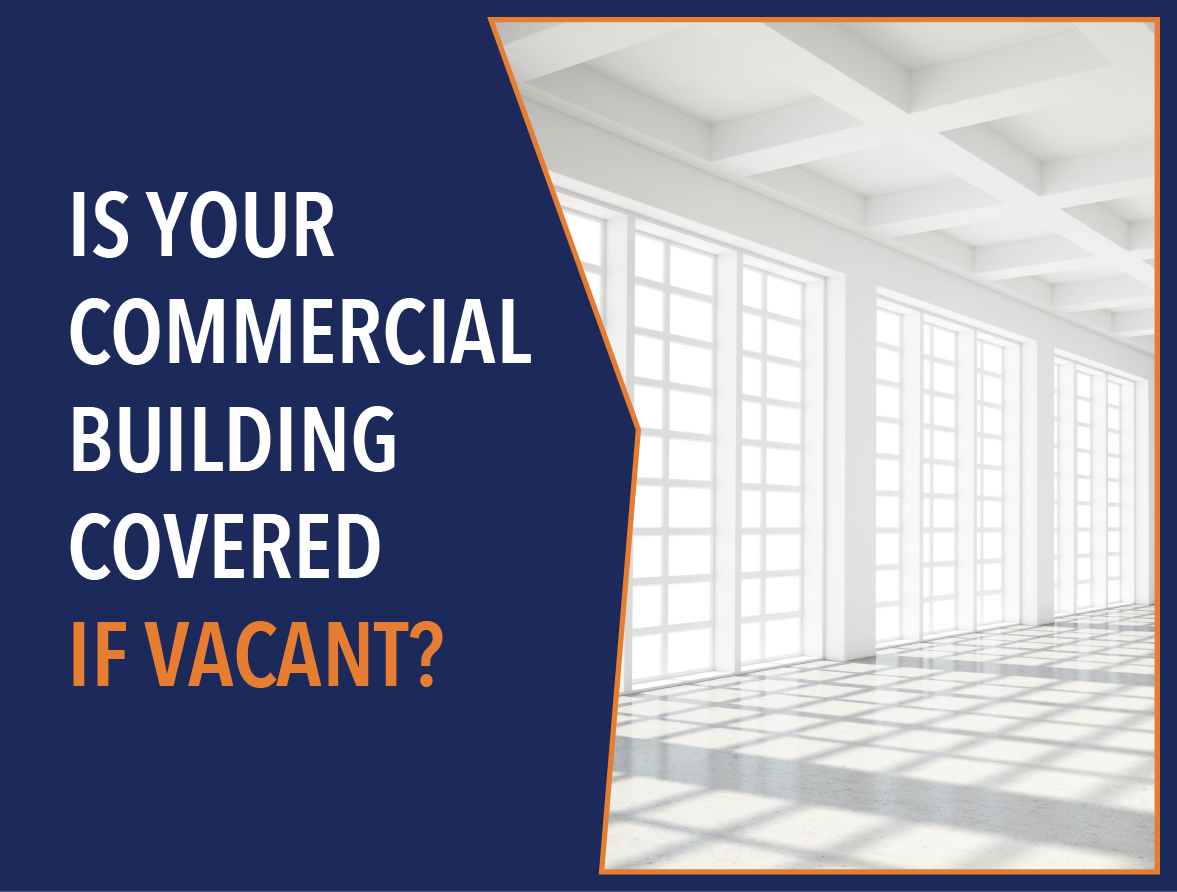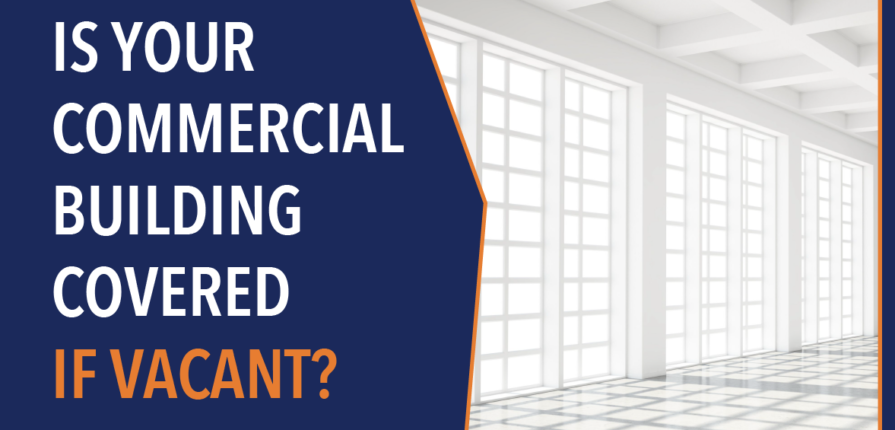
Is your commercial building covered if vacant?
The Pandemic saw vacancy rates spike in commercial real estate. Although the lockdowns are over, tenants are downsizing commercial space and the number of brick-and-mortar locations they operate as hybrid work-from-home arrangements become more widely accepted. As a result, more commercial space is now sitting vacant than before the pandemic.
The question for the readers of this article, many of whom may own or manage commercial real estate, is: does this affect the insurance you have in place for your building? And if so, what do you need to do to stay protected?
The first point to be aware of is that standard commercial insurance does NOT provide the same coverage for “vacant” buildings as occupied ones. Buildings found to be “vacant” at the time of a loss may see their insurance penalized significantly, with coverage for losses from vandalism, water or sprinkler leakage, glass breakage or theft deleted, OR their insurance may be voided altogether, depending on the policy in force.
So how does the insurance industry define “vacancy”?
Standard policies apply a vacancy-penalty if the building where loss or damage occurs has been “vacant” for more than 60 consecutive days before that loss or damage occurs, with vacancy defined as follows:
- When the policy is issued to the owner or general lessee of a building, “building” means the entire building. Such building is vacant unless at least 31% of its total square footage is:
- Leased to a lessee or sublessee and used by the lessee or sublessee to conduct its customary operations; or
- Used by the building owner to conduct customary operations.
So while policy wording may vary from insurer to insurer, the takeaway is that a substantial vacancy (i.e., anything greater than 50% should be a red flag) lasting more than 60 days can cause a reduction or voiding of coverage.
What to do if this applies to your situation?
If you have, or anticipate having, a vacant building scenario as defined above, talk to your insurance provider about a “vacant building policy.” These policies are typically more expensive than their fully occupied counterparts, but they are specifically worded to fully cover buildings that might be vacant for an extended period of time without a vacancy-penalty reducing or voiding your coverage. Then, once the building has been occupied enough to no-longer fall under the definition of vacant, you can move your coverage back to the preferred occupied-building policy form.
Forewarned is forearmed, so hopefully this will help you avoid an unpleasant surprise at claim time if this is something you wind up dealing with. Stay safe out there!
If you have questions about a similar situation, feel free to contact us, and one of our commercial property coverage experts can walk you through some available options.

About the Author
Larry St. John is a 20+ year veteran of insurance and risk management for the construction and electronic security industries.
He can be reached at LStJohn@eclipseinsurance.com




